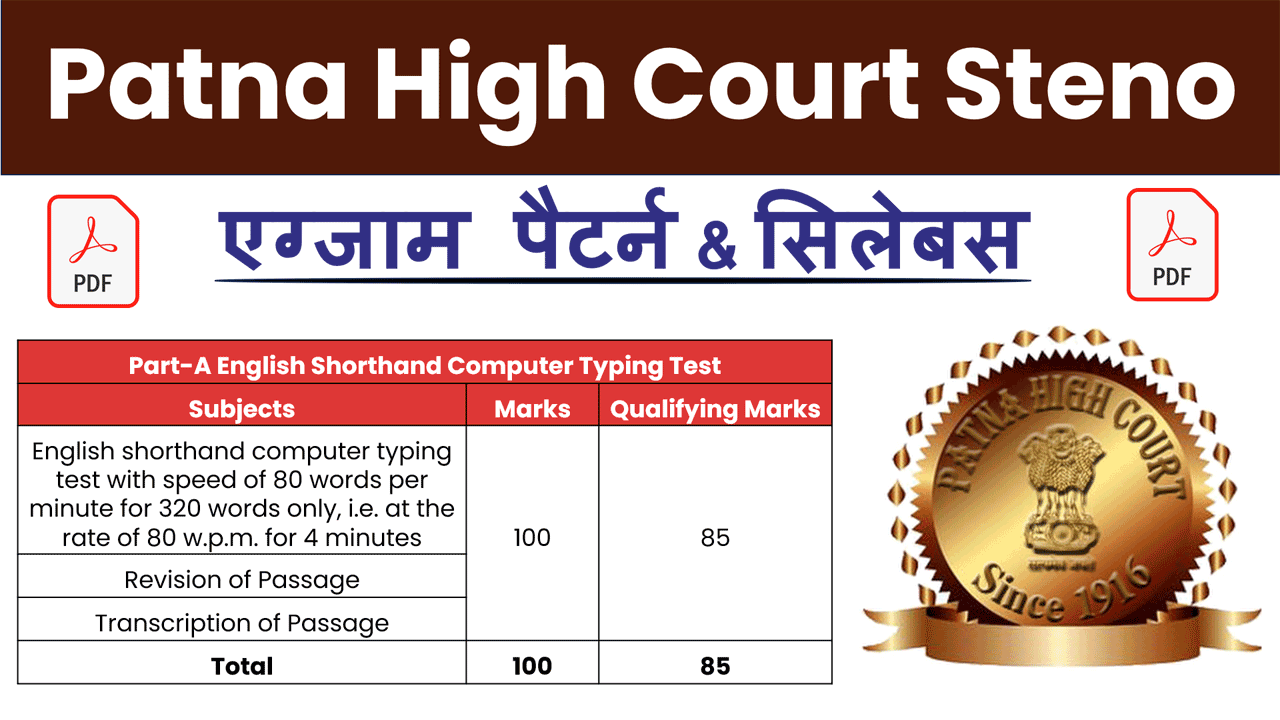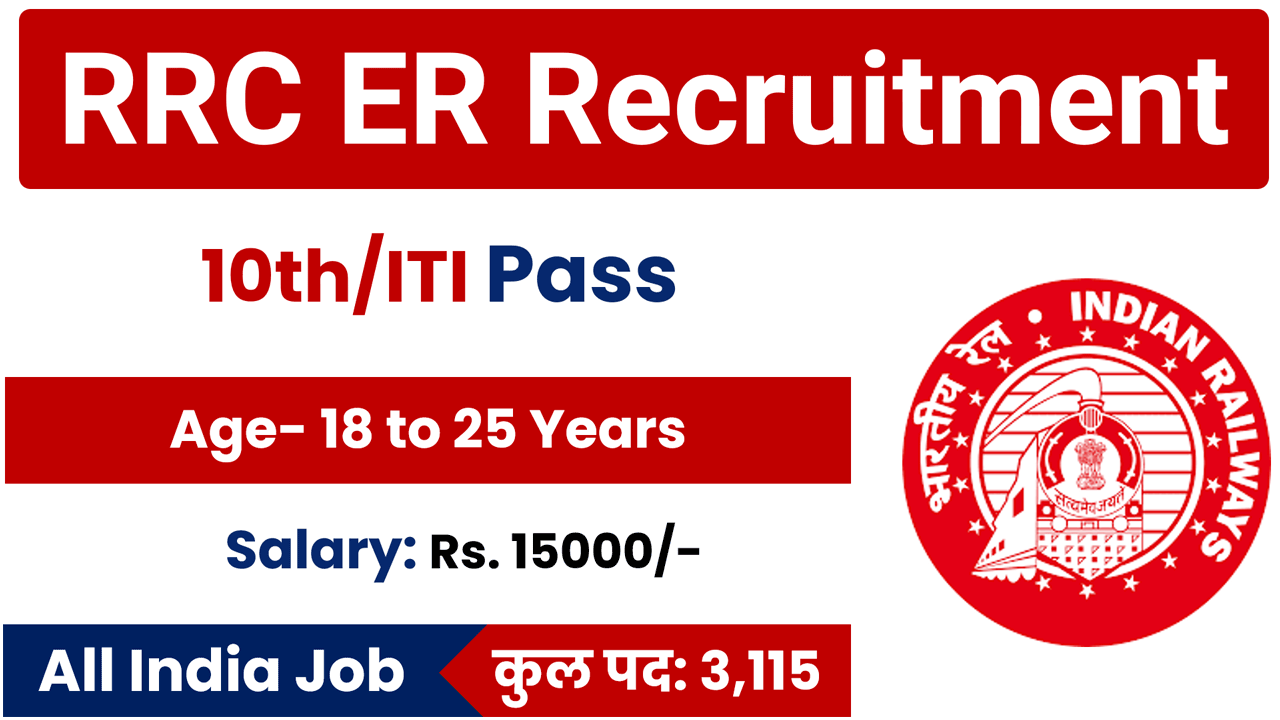Mastering Speed, Time & Distance in Competitive Exams: A Comprehensive Guide: Speed, time, and distance are foundational concepts in mathematics that play a crucial role in competitive exams. Whether you’re preparing for entrance tests, government job exams, or any competitive assessment, a solid understanding of these concepts is essential for success. This guide explores the intricacies of speed, time, and distance, equipping you with the knowledge needed to excel in this critical topic.
| Chapters | Download Links |
| Average📙 | Download 🔗 |
| Compound Interest📙 | Download 🔗 |
| Circle📙 | Download 🔗 |
| Cube & Cube Root📙 | Download 🔗 |
| Cuboid📙 | Download 🔗 |
| Cylinder📙 | Download 🔗 |
| Heights & Distance📙 | Download 🔗 |
| LCM & HCF📙 | Download 🔗 |
| Mixture and Allegation📙 | Download 🔗 |
| Partnership📙 | Download 🔗 |
| Percentage📙 | Download 🔗 |
| Profit, Loss & Discount📙 | Download 🔗 |
| Quadrilateral📙 | Download 🔗 |
| Ratio & Proportion📙 | Download 🔗 |
| Simple Interest📙 | Download 🔗 |
| Simplification📙 | Download 🔗 |
| Speed, Time & Distance📙 | Download 🔗 |
| Sphere📙 | Download 🔗 |
| Square & Square Root📙 | Download 🔗 |
| Time and Work📙 | Download 🔗 |
| Trigonometry📙 | Download 🔗 |
Understanding Speed, Time & Distance
1. Speed: Speed refers to how quickly an object moves. It is measured as the distance traveled per unit of time, typically in kilometers per hour (km/h) or meters per second (m/s).
2. Time: Time is the duration or interval between two events. It is measured in hours, minutes, and seconds.
3. Distance: Distance is the amount of space between two points. It is measured in units such as kilometers (km), meters (m), miles, etc.
Importance of Speed, Time & Distance in Competitive Exams
- Quantitative Aptitude: These concepts are frequently tested in the quantitative aptitude sections of competitive exams, assessing your ability to solve numerical problems involving speed, time, and distance.
- Logical Reasoning: Questions related to speed, time, and distance often require logical reasoning and problem-solving skills, testing your ability to interpret data and draw conclusions.
- Real-life Applications: Understanding these concepts is crucial for fields such as transportation, logistics, and engineering, making them relevant beyond exam settings.
Types of Problems in Speed, Time & Distance
- Basic Calculations: These involve calculating speed, time, or distance using simple formulas like Speed=DistanceTime\text{Speed} = \frac{\text{Distance}}{\text{Time}}Speed=TimeDistance and its variations.
- Relative Speed: Problems involving two objects moving towards or away from each other at different speeds.
- Average Speed: Calculating the average speed for a journey involving multiple segments or changing speeds.
Tips for Mastering Speed, Time & Distance
- Formula Familiarity: Memorize and understand the basic formulas for speed, time, and distance calculations. Practice applying them to various scenarios.
- Unit Conversions: Be comfortable converting between different units of speed (km/h, m/s), time (hours, minutes, seconds), and distance (km, m) as required by the problem.
- Problem-solving Techniques: Develop strategies for solving complex problems involving multiple variables, such as setting up equations or using graphical representations.
Conclusion
In conclusion, mastering speed, time, and distance is essential for excelling in competitive exams that require quantitative reasoning and problem-solving skills. By practicing a variety of problems and understanding the underlying concepts, you can approach these questions with confidence. Remember, the ability to apply speed, time, and distance concepts to real-world scenarios is a valuable skill that extends beyond exam preparation.
About the Math Book
Looking for a comprehensive guide to mastering speed, time, and distance and other quantitative topics for competitive exams? Our Math Book For Competitive Exam offers detailed explanations, practice exercises, and expert tips to help you succeed. Stay tuned for more chapters covering essential mathematical concepts!











